Introduction to Film Structure (Part 1)
So You Want To Be in Pictures? Consider Screenwriting. Here’s What It Takes
December 9, 2022
It all starts with a story.
I’ve loved writing since elementary school. It’s something that allows me to be creative, express myself through words, and, at times, escape reality.
For the past two years, I have been exploring a particular genre of this art. Screenwriting (writing for film) has become my passion. It’s a very unique form of writing that directly combines the visual with the written word.
I don’t remember exactly how I discovered screenwriting, but I do remember having this desire to create a movie after watching what is now my favorite film for the first time. I wanted to attempt to make something that good.
I also love writing about writing. That is how I got the idea to start a series of editorials for the Panther Press on the topic of film structure.
As I experiment with screenwriting, I often read other screenplays from my favorite films to get a sense of how professional screenwriters approach their projects. In the first two publications, I will be sharing and analyzing excerpts from several different screenplays.
What Makes a Good Screenplay?
I’m going to start with one of my favorite screenplays, The Matrix, by Lana and Lilly Wachowski. It is one that I reference quite often as far as style and quality and one I consider an example of a strong screenplay. What makes an effective screenplay? Let’s take a look at one of this film’s opening scenes.
From DailyScript.com
This is a lot in one page. I’m going to break it down by section.
The first two paragraphs set the scene. If we weren’t sure what this place looked like just by the slugline (the first line on the page that denotes the setting, “INT. NEO’S APARTMENT”), we do by the end of the second paragraph. There is just enough description here for us to get a sense of where we are. From the fact that the apartment is so messy, we get a little piece of information about its owner’s character, too.
Then in the third paragraph, we meet our character—Neo. The first description we get of him is that he is inside this “rat-nest” and knows more about living in computers than real life. So he’s an introverted tech junkie. Okay, cool. The description captures our character and isn’t overwhelming.
In the fourth paragraph, we get our first piece of action; the inciting moment of the scene. We can see what the computer looks like.
Then Neo wakes up. Notice that the writers used the phrase “unsure of where he is” instead of “confused” to make the action more specific.
When Neo uses the keyboard, specific keys are noted, suggesting a closeup. When he speaks for the first time, the ellipses inform us how he is trailing off with the line.
“The computer types out a message as though it had a mind of its own.” Now we’re starting to get a hint about the genre of the film. Between this line and the description of the apartment, it is pretty clear that this is science fiction.
The next line has us asking questions. What is The Matrix? What does the computer mean, it “has” Neo? Already the stakes are rising.
Then we read, “follow the white rabbit.” This is an iconic line. What’s interesting to me about this is that often when something happens to a character in a book or movie that causes them to “leave the old world,” we use the metaphor “falling down the rabbit hole.” This seems like something we should note, and indeed this specific reference will show up again later in the film.
“Knock, knock, Neo.” We have the same reaction as Neo: “Huh?”
Then the door knocks. As the audience, we know that was too much of a coincidence. Something’s going on.
Summary
So, what does this opening do well? For one, it reads like the scene we would see in the movie. Even though it is just one page and has little action, we can feel tension building.
The scene also gives us questions, hopefully keeping us interested in the film so we can get our answers. That’s the goal of a movie—to send a message.
More next time!





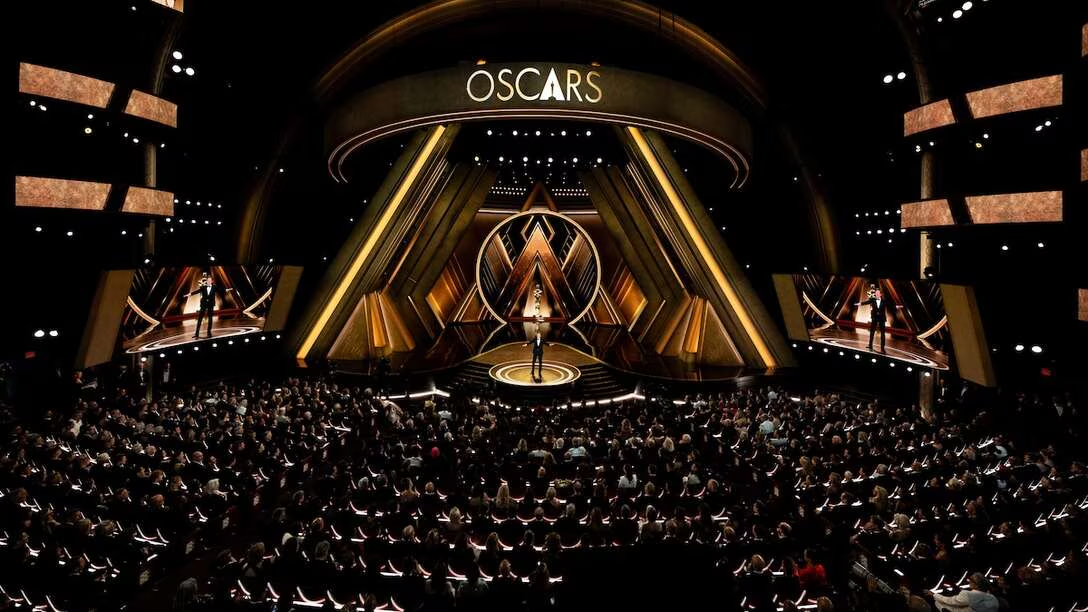

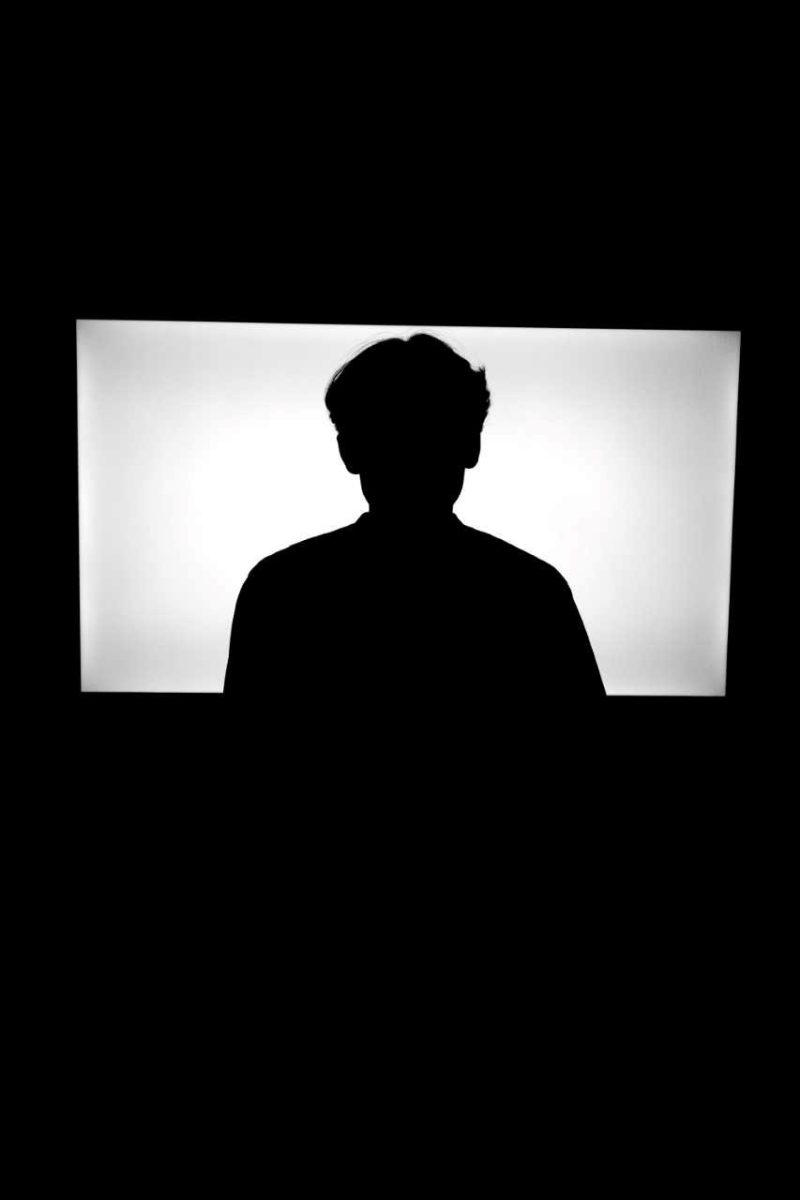









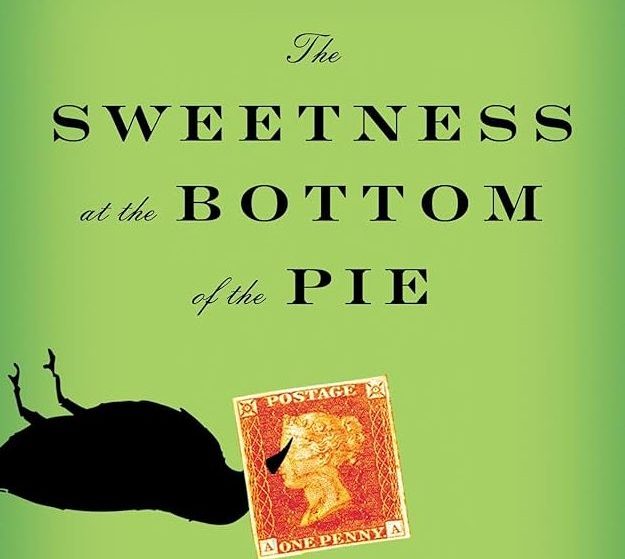





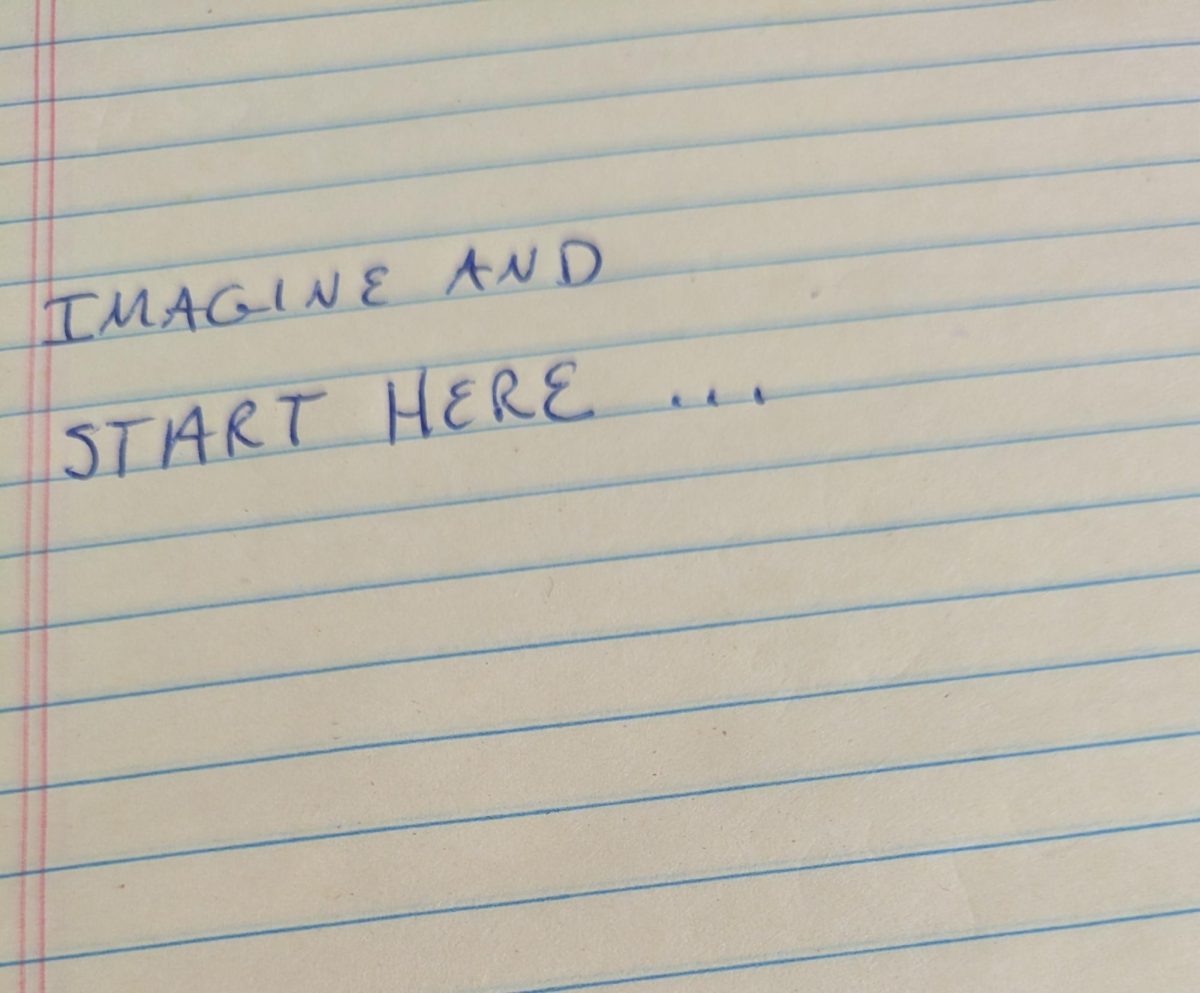






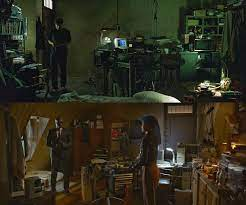
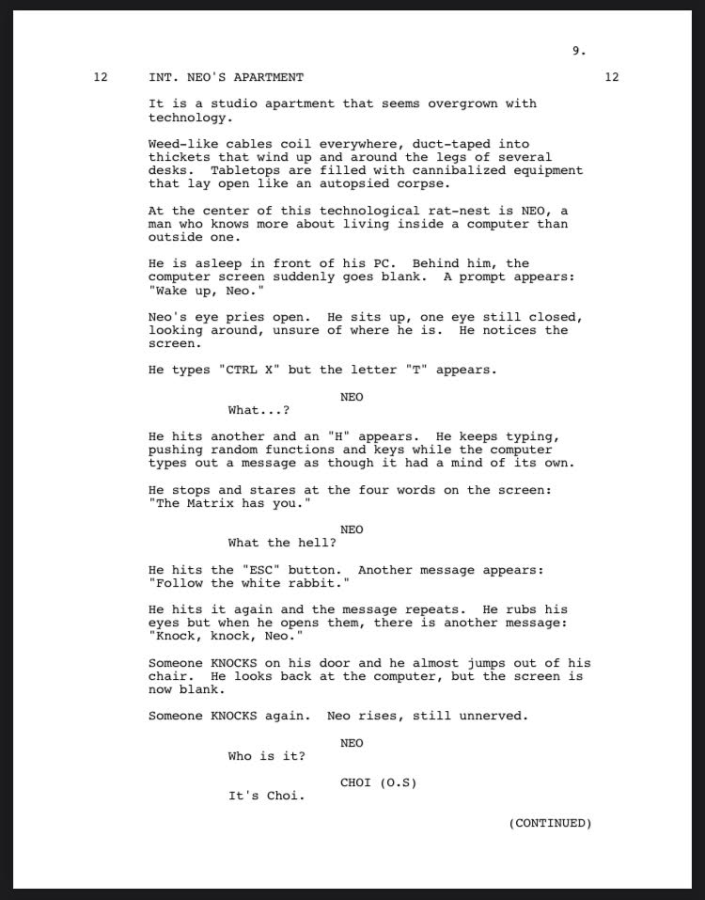
Bill Caneira • Dec 9, 2022 at 3:26 pm
Another great article from a great writer! 🙂